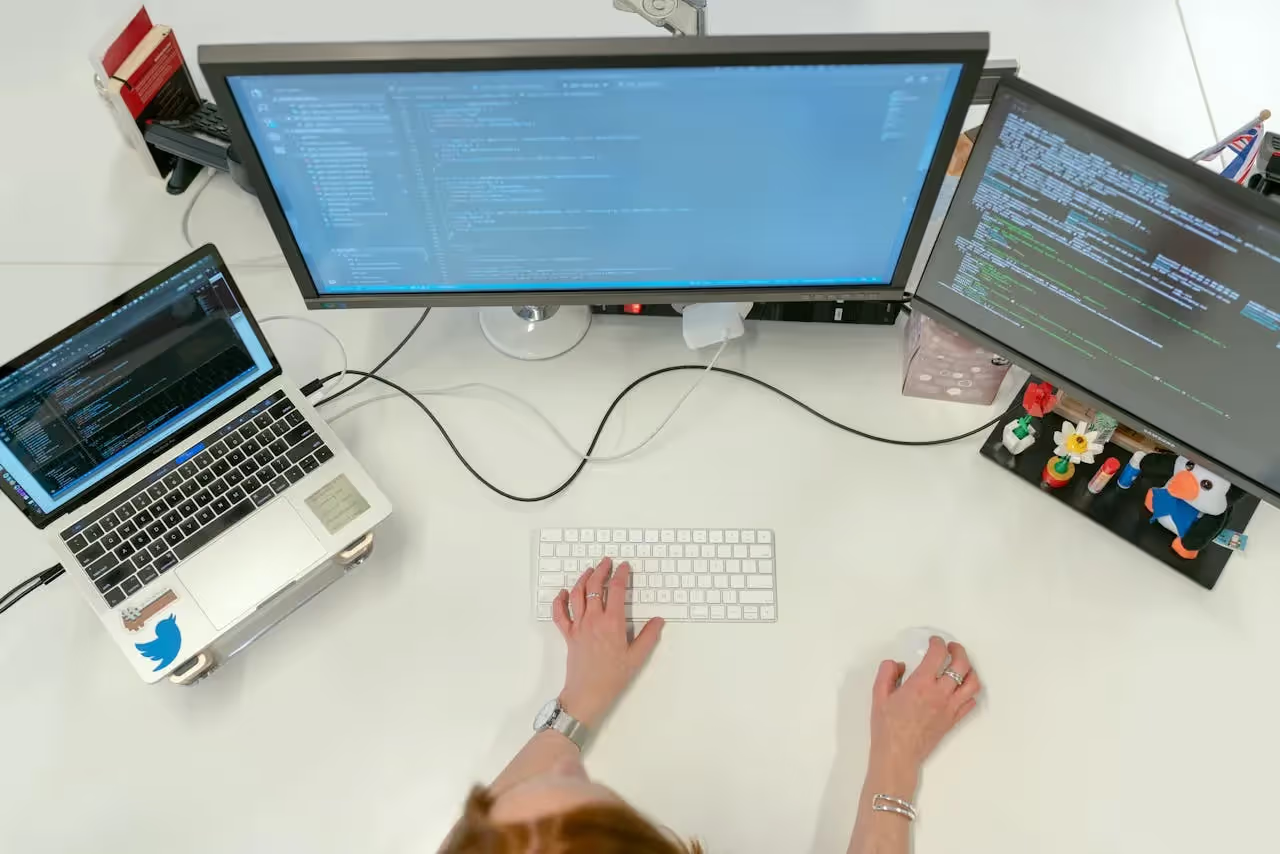Understanding Google's NotebookLM for Smarter Study and Research
If you're a student, researcher, or lifelong learner, you're likely faced with mountains of material to read, analyze, and organize. NotebookLM—a product by Google—offers a powerful way to streamline your study and research process using artificial intelligence.
This AI-powered research assistant is designed to help you interact with your own notes, academic materials, and reading content more effectively. Whether you're writing a paper, preparing for exams, or compiling research, NotebookLM can save you hours of time and help you stay organized.
What Is NotebookLM and Who Is It For?
NotebookLM (short for Notebook Language Model) is an AI-driven note-taking and research tool created by Google. It's part of their push to bring generative AI into education and productivity tools. Unlike traditional note-taking apps, it integrates machine learning to generate insights, summaries, and even suggest related ideas based on your content.
NotebookLM is ideal for:
- Students handling multiple courses or complex research topics
- Researchers managing archives, studies, or publications
- Writers organizing ideas or outlining long-form content
- Educators curating materials for lesson planning
- Professionals working with data, reports, or analytical content
Its main value lies in transforming scattered materials into structured insights—all within one seamless environment.
How Does NotebookLM Work?
NotebookLM relies on large language models (LLMs) to process and understand your uploaded content. It allows you to upload sources such as PDFs, documents, and notes. Once uploaded, the AI can summarize, highlight key points, and even answer questions based on the content.
You can use NotebookLM to:
- Generate summaries of lengthy documents
- Highlight trends or connections between different files
- Ask specific questions and get fact-based answers
- Draft outlines or new content using your research
- Create citations and source references automatically
It acts like a virtual assistant trained specifically on your documents, giving you tailored results rather than general web answers.
Step-by-Step Guide: How to Use NotebookLM for Studying and Academic Research
Using NotebookLM can feel intuitive, especially if you're familiar with AI tools. Here’s how to set it up for maximum productivity:
1. Upload Your Source Materials
Start by collecting your class notes, reading PDFs, eBooks, or scholarly articles. Upload them to your NotebookLM interface. The system will scan and process the files to prepare them for queries.
2. Ask Questions About Your Sources
You can type specific questions as you would to a tutor, such as “What are the main arguments in Chapter 5?” or “Summarize the causes of World War I.” The AI provides contextual answers from your sources without needing broad online searches.
3. Generate Study Notes or Summaries
Want to review for your midterm? NotebookLM can generate concise summaries or flashcard-style notes directly from the text. This helps cut down on manual note-taking time.
4. Organize Research into Topics
Sort materials using folders or tags focused on key themes. This is especially useful when writing a thesis or managing multi-part research projects.
5. Draft and Write with AI Assistance
Once your sources are in place, use NotebookLM to help outline papers or generate a first draft. It helps avoid writer’s block and ensures all your key points are included.
Top Benefits of Using NotebookLM
NotebookLM brings multiple advantages for students and researchers:
- Time Efficiency: Summarizes large texts in seconds
- Focused Research: Gives direct answers using your materials
- Accurate Citations: Keeps track of where information comes from
- Smarter Organization: Keeps your notes and sources neatly grouped
- Enhanced Learning: Supports deeper understanding through active interaction
Unlike general AI chat tools, NotebookLM is document-specific. It doesn’t guess—it responds based only on the materials you provide, giving you more control.
FAQs: Common Questions About Using NotebookLM
Is NotebookLM free to use?
As of now, NotebookLM is in limited access or experimental phase. Availability might vary, and pricing details may change when it’s publicly launched. Always check current access options on the official platform.
Can I use NotebookLM offline?
No. NotebookLM is a cloud-based tool. You need an internet connection to use it since it runs on cloud-based AI models.
What file types does NotebookLM accept?
NotebookLM supports standard document types like PDFs, Google Docs, and plain text. Supported formats may expand as the tool evolves.
Will it replace human note-taking?
NotebookLM is best used as a supplement, not a replacement. You bring context and judgment. The tool brings speed, accuracy, and AI-driven insights.
How secure is my data?
Google uses secure cloud infrastructure, but always review the data privacy and sharing settings to understand how your uploads are managed.
Tips for Maximizing Your Productivity with NotebookLM
To get the most value, follow these best practices:
- Keep your uploads focused: Too many random sources can dilute results
- Use specific questions: Precise prompts lead to better answers
- Combine with human review: Always verify results before citing
- Update sources regularly: Keep your notebooks current with new findings
- Use thematic folders: Group documents by project or subject
NotebookLM works best when it's part of a structured, active study routine.
Final Thoughts: Is NotebookLM Right for You?
If you're a serious learner who often gets overwhelmed with too much material, NotebookLM can be a game-changer. It combines AI-driven technology with traditional learning principles. That means better notes, clearer understanding, and more time to focus on analysis instead of just reading or writing.
Use it as your digital study partner. With practice, you’ll build better habits and create study workflows that work for your unique goals. Whether you are preparing for exams or writing a research paper, NotebookLM can support your academic success—efficiently and intelligently.
















.svg)



